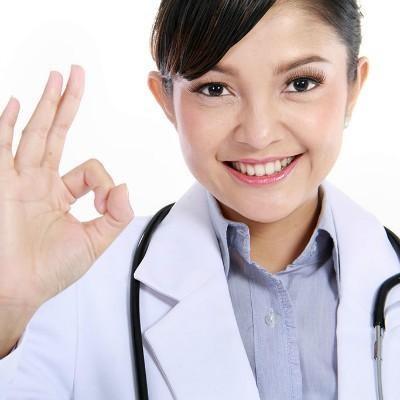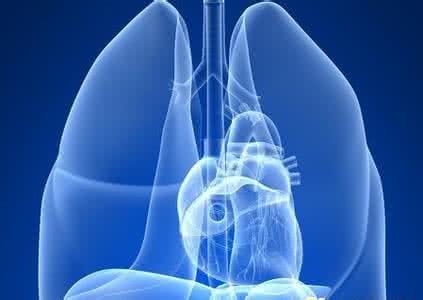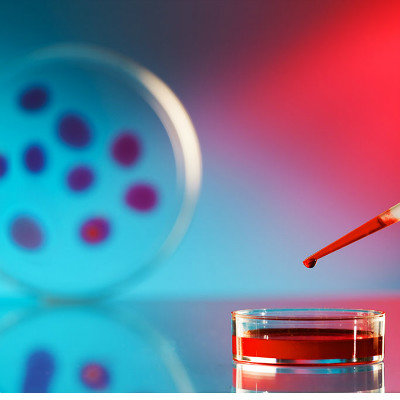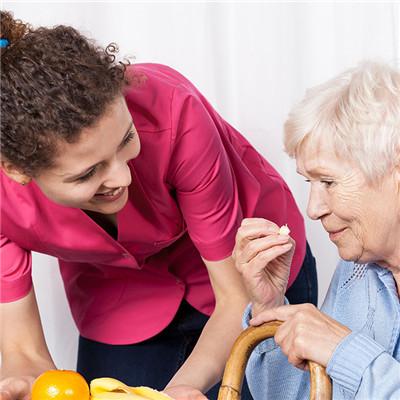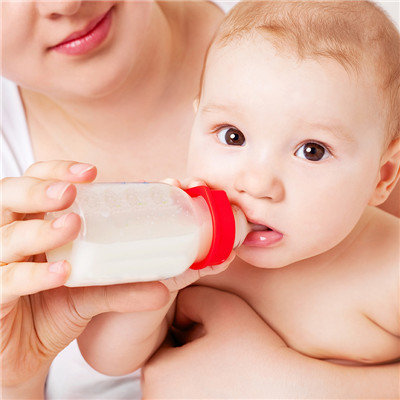Symptoms of cerebral thrombosis
summary
Cerebral thrombosis is a common cardiovascular and cerebrovascular disease. The incidence rate of this disease is increasing. In the street, patients with sequelae of cerebral thrombosis, legs, hands, feet and mouth can be seen everywhere, and the incidence of this disease is more and more widespread. It is only a disease that some middle-aged and elderly people are prone to suffer from. The incidence of young people's morbidity is higher and higher about thirty. And in all the patients with cerebral thrombosis, male patients are more than female patients, many young people are suffering from cerebral thrombosis. Is it really worrying that the symptoms of cerebral thrombosis? Let's talk about it.
Symptoms of cerebral thrombosis
(1) Anterior inferior cerebellar artery: vertigo, nystagmus, bilateral bulbar gaze to the opposite side of the lesion, tinnitus on the lesion side, deafness, Horner's sign and cerebellar ataxia, hypoesthesia or disappearance of the lateral and contralateral limbs of the lesion.
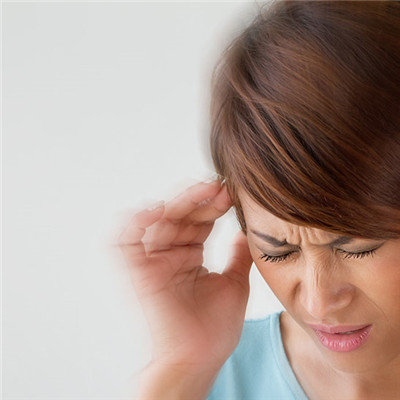
(2) posterior inferior cerebellar artery syndrome: it causes infarction in the dorsolateral part of the medulla oblongata, vertigo, nystagmus, glossopharynx on the lesion side, vagal paralysis, cerebellar ataxia and hroner's syndrome, and hypoesthesia or disappearance of the body on the opposite side of the lesion side.

(3) Posterior cerebral artery: occipito parietal lobe syndrome, with hemianopia and transient visual impairment such as amaurosis, in addition to body image disorder, agnosia, apraxia, etc. Basilar artery: high fever, coma, pinprick pupil, quadriplegia and bulbar paralysis, acute total occlusion can quickly endanger the patient's life, individual patients show atresia syndrome.

matters needing attention
Generally speaking, patients with hyperlipidemia and hypertension are the high risk group of cerebral thrombosis. It is suggested that these patients should always pay attention to their own health, not too excited or too sad, that is, to maintain a normal heart, and also pay attention to diet.
